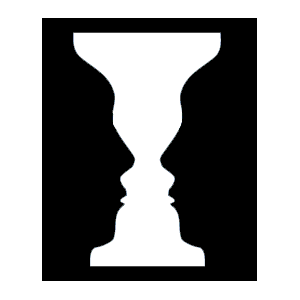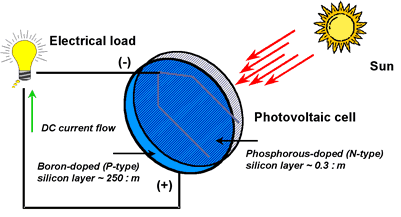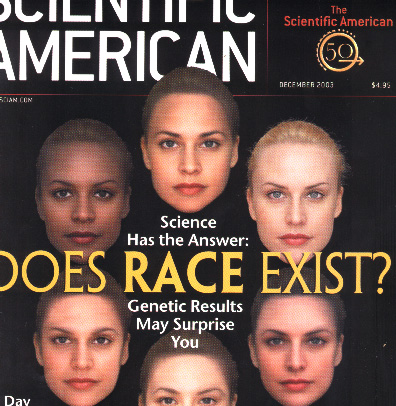6 Perception Evolution & Beliefs
"The most important pathological effects of pollution are extremely delayed and indirect."
"Ours is a much more complex world than that of hunter-gatherers, where only a few distinctions had to be made among at most a hundred individuals . . . . To what degree is it appropriate to impose one's perception's and ethical views on others?"
Ehrlich & Ehrlich, p.137 & 139.
- Prologue or Background & Introduction
- Overview: The dialectic of Optical illusions {122-23
- In space – the room and people in the unexpected context
- In recognition of silhouetted vases vs. faces
- Cultural differences in Perceptions {124
- Perception and Environmental Problems {126
- Perception and Belief systems {128
- Race and Cultural Evolution {134
Framing references and context of a problem
A frame refers to the context and the boundaries imposed when we order or organize reality, experience, or fantasies.
A triad of "environments":
the physical
the biological, and
the cultural"and they filter that information in various ways."
p. 119.
How do we know that "Clearly, there is not a one-to-one correspondence between what's 'out there' and what we perceive."
p. 120-121.
variation & selection, acquired traits, Neolithic revolution, race, Oliver Sacks work, visual cortex, limbic system, audio stimuli, hypothalamus.
“Each individual is evolving culturally in response to changing environments.”
p. 119.
Note:
"evolving culturally" but not at the same rate as genotype's–due to natural selection–decay, shift, or persist.
"So it isn't the environment as a whole that interacts with our genomes to influence our behavior and cultural evolution; we respond only to the subset of information that is passed to the brain directly through its influence on our hormonal systems."
p. 120.
The dialectic of Optical illusions { 122-23
The retina, optic chiasm, and visual cortex:
"visual input in infancy seems to be required to program the visual cortex of the brain to interpret scenes properly."
"Initiating input from the retina to the brain later apparently does not provide visual experiences similar to those possessed by people with normal vision from birth."
p.119.
In the forebrain the optic nerves from both retinas crossover and -in part- mesh. Because of this junction, each half of the brain receives visual signals from the visual fields of both eyes.
In space – the room and people in the unexpected context
"input from your environment."
"We expect the room to be normally constructed, with ninety-degree angles at the corners and with rectangular windows, and it is those assumptions that shape the perceptions of anyone... "
Object versus subject dichotomy
............................... objects ------- versus === subject
"into a useful subjective view of the world."
p. 124.
In recognition of silhouetted vases vs. faces

"Put another way, from the visual (and other) sensory stimuli that the brain registers, it forms a hypothesis about the state of the real world.
The hypothesis that is inferred from the data is what we call perception–the perception, for instance. . . "
pp. 121-122.
Cultural differences in Perceptions {124
"a ... more pervasive kind of modification produces culture-specific differences in perception. For example, some cultures do not commonly use pictures that are two dimensional representations of three-dimensional scenes, and people from those cultures do not employ cues of object size, superimposition, and perspective in interpreting pictures, as people do from picture using cultures do as a matter of course."
pp. 124-125.
"Once again, we see that perceptions are combinations of the way our neural apparatus has evolved and the environments in which that apparatus develops from infancy and operates subsequently."
p. 126.
Perception and Environmental Problems {126
"Several aspects of our perceptual system provide some insight into humanity's general failure to come to grips with environmental problems."
p. 126.
- "perception tends to hold the environmental backdrop constant."
- "habituation" the removal of a constant stimulus from consciousness
- smoggy skies in Los Angeles
- nuclear destruction
- "filters" and "feature detectors" in the sensory systems "that ensure that all the possible stimuli in the environment don't reach our consciousness indiscriminately.
- "we're still quite good at dealing with sudden changes in our environments"
- "holding the background too constant over long periods appears to be an unfortunate genetic evolutionary hangover."
pp. 126-127.
"These are changes that take place over decades
- population growth
- gradual alteration of the climate through global warming,
- loss of biodiversity
- habitat loss and fragmentation due to land degradation
- accumulation of hormone–mimicking chemicals.
"the increase has been too gradual."
"The only way to recognize the change is by interpreting graphs made by scientific instruments that were designed to extend our perceptual systems and track changes."
p. 127.
By transference:
Biology of predator and prey relations
Cancer and exogenous factors of exposure
Dose-response levels and nuclear radionuclides (a radioactive isotope that emits high frequency–alpha, beta or gamma–radiation)
Perception and Belief systems {128
"a belief system, a set of convictions about how the world works."sources belief system ecological system religion Humans are divine humans are animals gender misogynistic males come from females ethnicity race exists Only one human race exists. natural history bacteria harm us our world needs bacteria
Appearance is substance
Gender inequity
Ethnic prejudice
Humans are specially created and sanctioned by birth to dominate life on earth
Bacteria are harmful and must be eradicated (anti-biotic overdosing and immunity)
Pests must be controlled by pesticides; hence fungus by fungicides, etc.
Race and Cultural Evolution {134
There is no such biological entity as different human races; there is only one human race.
- species definition
- viability of the variability
- taxonomic confusion
“But unless humanity can overcome some of these debilitating prejudices and practices and start working together on its critical environmental and (race) social problems, we are pessimistic about home sapiens’ tenure of dominance and the quality of life of future generations.”
P. 139.
- 1. goblets and face graphical portrayal of a dialectic
- 2. The two houses (see work file)
- 3. And mirage
- Cultural differences in Perceptions {124
- Seeing two opposites at once
- Perception and Environmental Problems {126
- We just don’t sense it – get it – but it gets to us
- Perception and Belief systems {128
- Religion and epilepsy
- Race and Cultural Evolution {134
- prejudice







